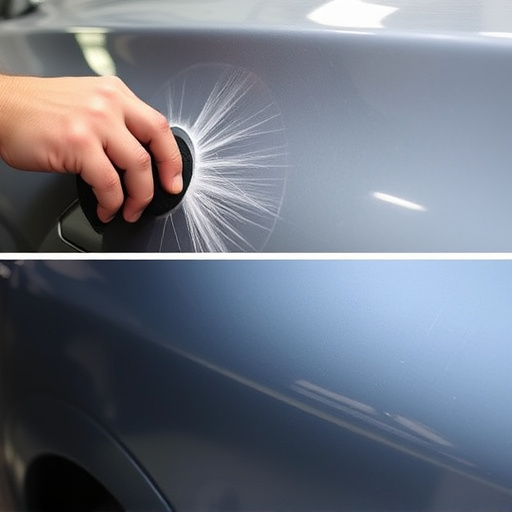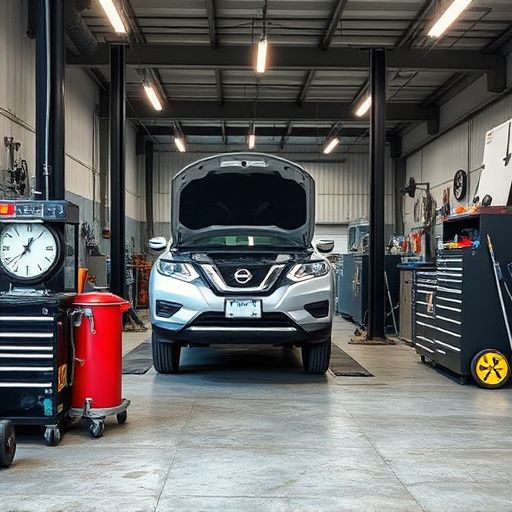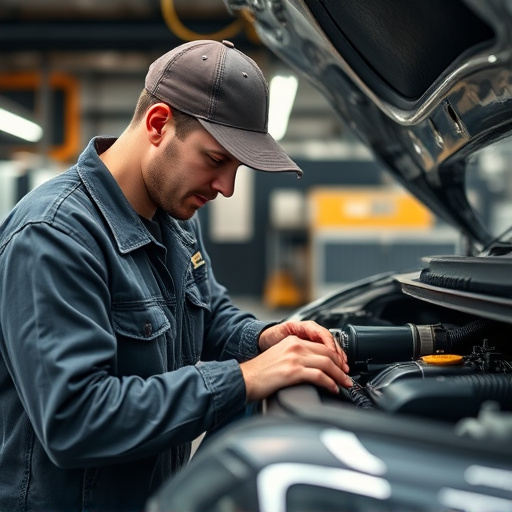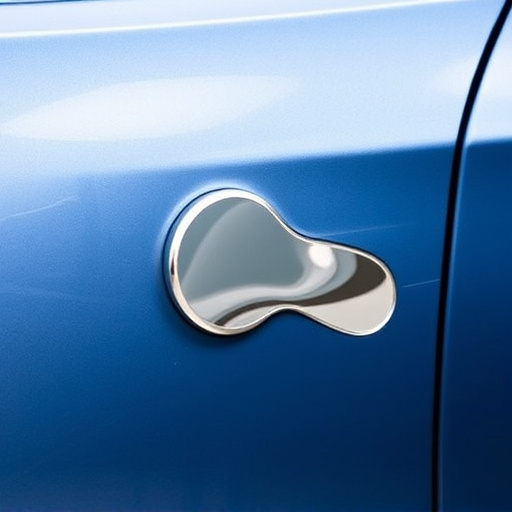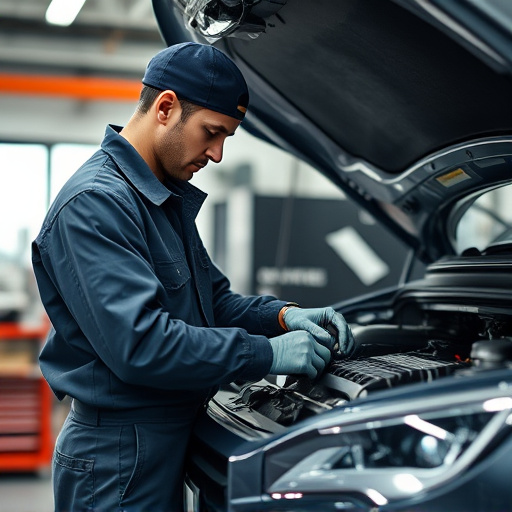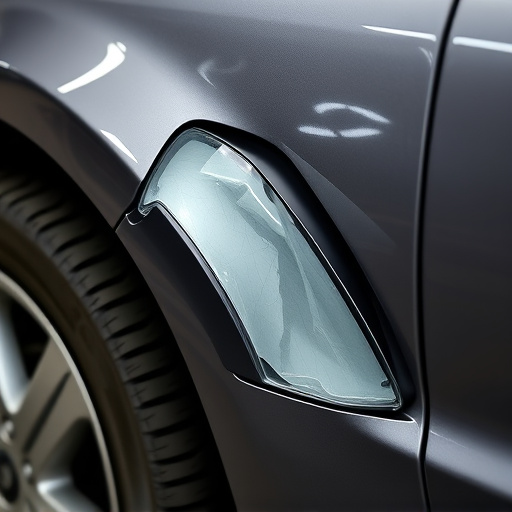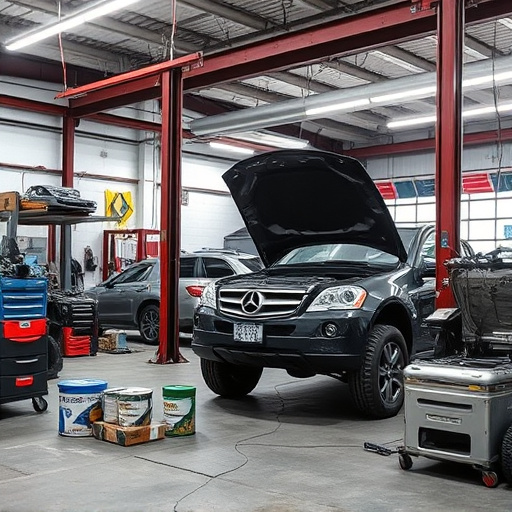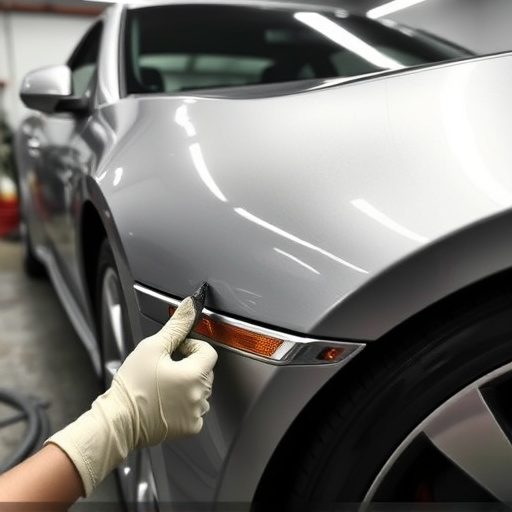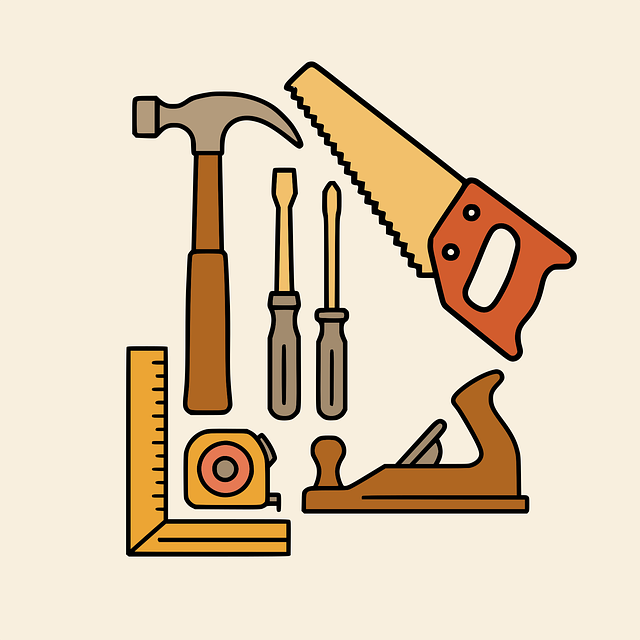After an accident, thoroughly inspect axles for damage, misalignment, or structural issues. Measure wheel alignment and test brake function. Gather essential tools and specific parts for axle repair tailored to your vehicle's make and model. Follow a step-by-step guide to replace damaged axles, prioritizing safety gear due to potential hazards. Emphasize regular maintenance checks post-accident for preserving vehicle integrity.
After a crash, proper handling of axle repair is crucial. This comprehensive guide walks you through the process of addressing axle damage post-accident efficiently. From assessing the extent of the harm to acquiring the right tools and parts, we cover it all. Learn the step-by-step approach for successful axle replacement, ensuring your vehicle’s safety and stability on the road. Master these techniques and get back on track with reliable vehicle maintenance.
- Assess Axle Damage Following an Accident
- Gather Necessary Tools and Parts for Repair
- Step-by-Step Guide to Efficient Axle Replacement
Assess Axle Damage Following an Accident
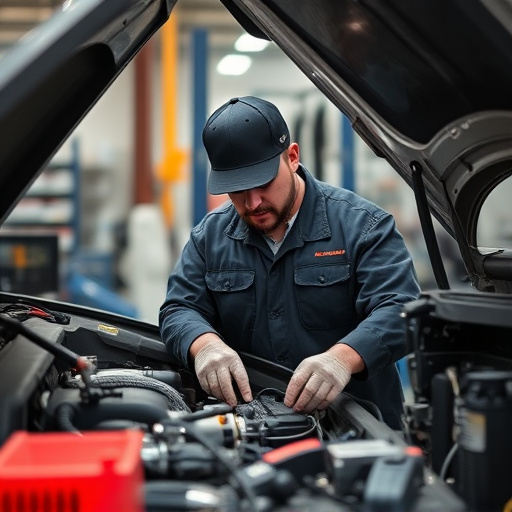
After an accident, assessing axle damage is a crucial step in the repair process. The first thing to do is inspect the vehicle thoroughly for any visible signs of damage or misalignment to the axles. Look for cracks, dents, or deformities in the axle housing, as these could indicate structural integrity issues. Check if there’s any unusual wear and tear on the wheels and tires, which might suggest a need for replacement.
Using appropriate tools, measure the alignment of the wheels and compare it with the manufacturer’s specifications. If there is significant misalignment, it could point to damaged or bent axles. It’s also essential to verify if the brakes are functioning properly after an accident, as brake systems are closely tied to axle health. If you suspect any issues, consult a professional at an auto collision center for accurate diagnosis and effective auto body repairs.
Gather Necessary Tools and Parts for Repair
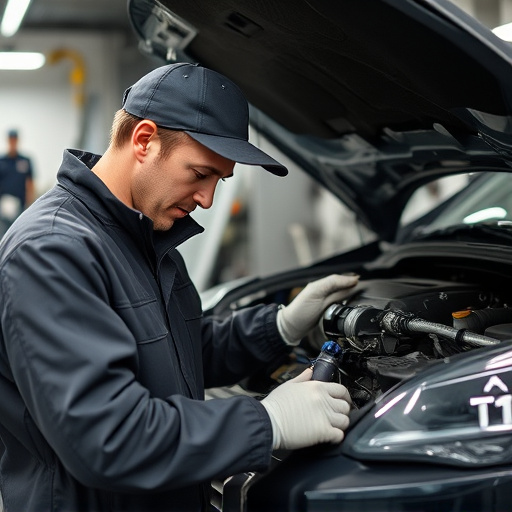
Before diving into the repair process, ensure you have all the essential tools and parts tailored for axle repair after an accident. This includes jack stands, wrenches, sockets, ratchets, hammers, screwdrivers, a new axle assembly (if needed), bearing kits, seals, grease, and any specific hardware that might be required based on your vehicle’s make and model. A well-stocked toolbox dedicated to automotive body work is crucial for tackling such repairs effectively.
Understanding the intricacies of axle repair involves considering both mechanical and structural aspects. Similar to meticulous vehicle paint repair or comprehensive automotive body work, a thorough inspection of the damage is essential. Identify broken or damaged components, wear and tear, and ensure you have all necessary parts to facilitate a seamless replacement or repair, thereby restoring your vehicle’s safety and performance.
Step-by-Step Guide to Efficient Axle Replacement
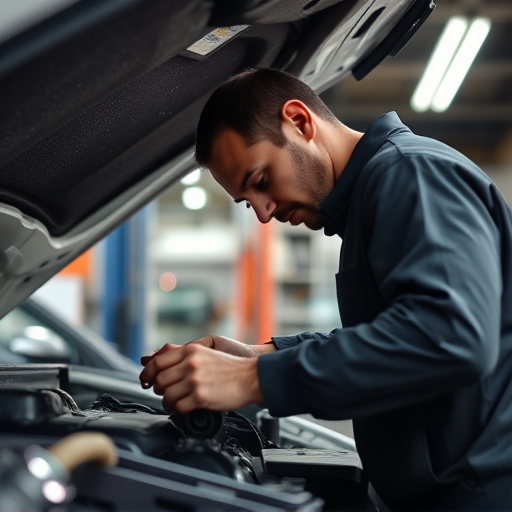
Step-by-Step Guide to Efficient Axle Replacement
After an accident, navigating axle repair or replacement is crucial for ensuring your vehicle’s safety and performance. Here’s a straightforward guide to help you manage this process efficiently. Begin by assessing the damage; identify if the axle is bent, cracked, or completely detached. This initial step determines whether a simple alignment or a complete replacement is needed. Next, gather the necessary tools and parts specific to your vehicle model, available at reputable auto repair shops. Safety gear is essential during this process due to potential sharp edges and heavy components.
Proceed with removing the damaged axle, a task that often requires jacking up the vehicle and securing it safely. Once the old axle is out, install the new one, ensuring proper alignment and secure connections. Test the replacement by lowering the vehicle and checking for stability and smooth rotation. Regular maintenance checks after an accident, including axle repair, are vital to prevent further damage and ensure your car’s body, or bodywork, remains in optimal condition, especially when relying on professional body shop services.
Handling axle repair after an accident requires a systematic approach. By first assessing the damage, gathering the right tools and parts, and then following a step-by-step guide for replacement, you can ensure your vehicle’s safety and stability. Remember, prompt action and proper techniques are key to effective axle repair, minimizing further complications and keeping you on the road smoothly.



